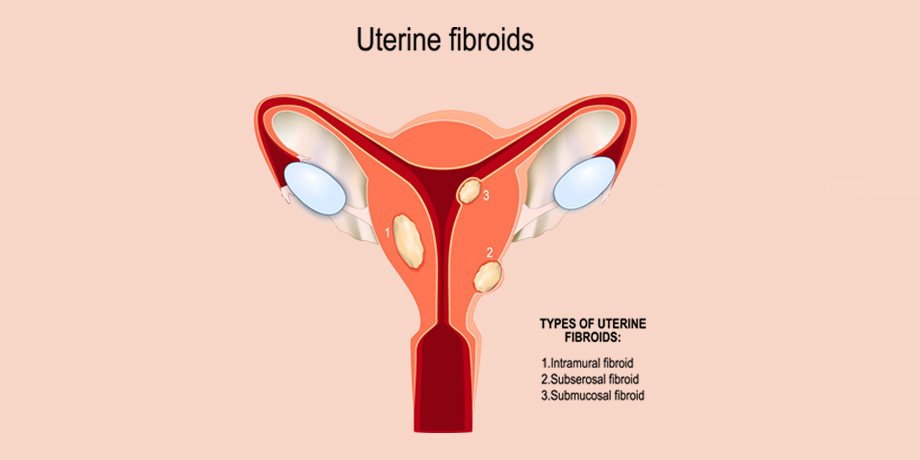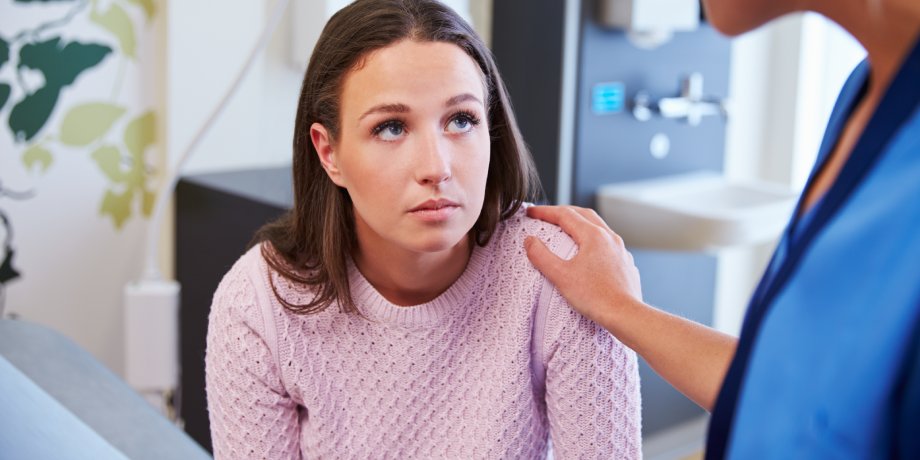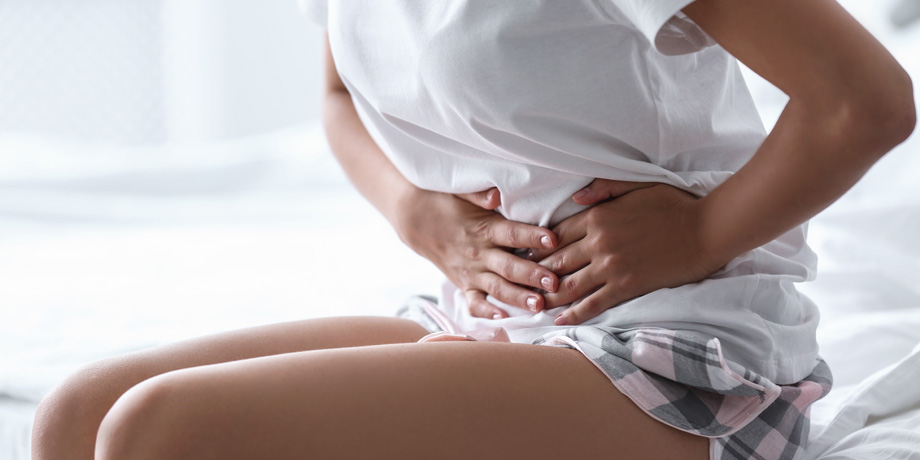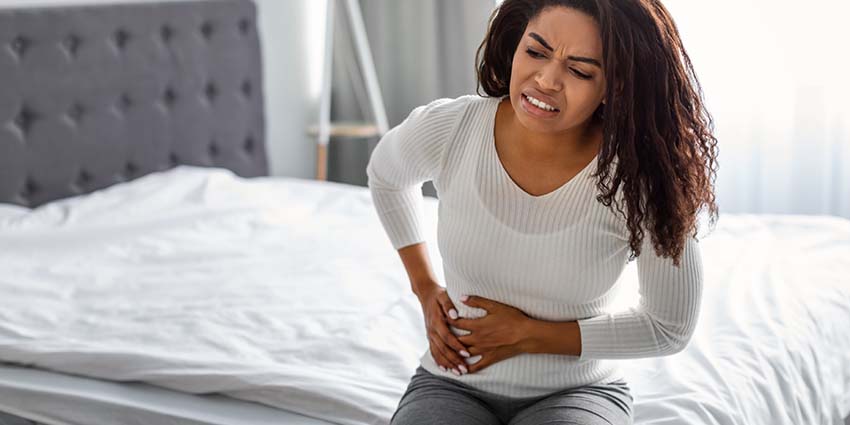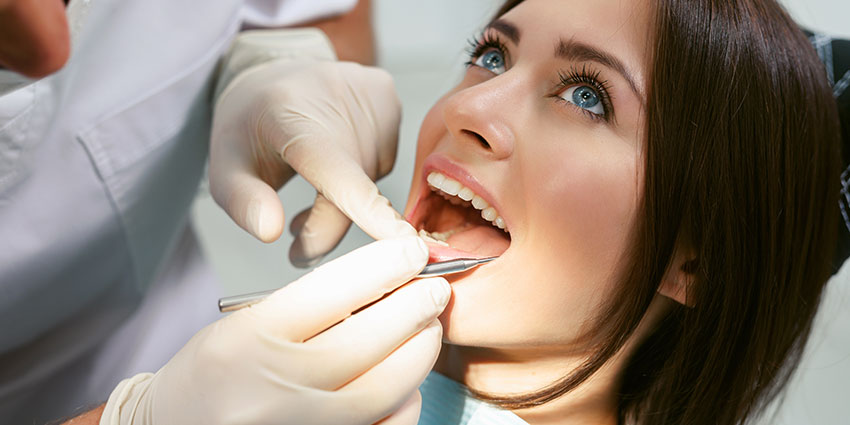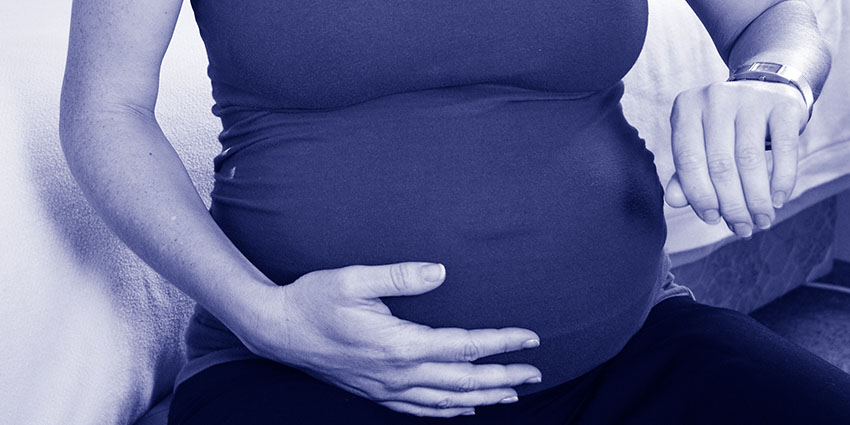What are fibroids?
If you have been told that you have “fibroids”, the first thing you need to know is that these tumors are common and not considered to be cancerous (they are benign). You may have been told that you have a single fibroid, or many of these growths in different locations within or attached to the uterus.
Other medical terms used for uterine fibroids are leiomyomas or myomas. Fibroids most commonly appear in women during the childbearing age years and are a common cause of heavy menstrual cycles. These heavy cycles can lead to a low iron count which is called anemia.
It is difficult to know how many women have these benign tumors because they may be small and undiagnosed, but it is reported to be between 10%-60% of women or higher. There does appear to be a possible genetic component meaning that they often appear in several female members of the same family.
How do you know if you have them?
Although the exact cause of fibroids is unknown, we do know that the female hormones estrogen and progesterone are involved in their growth. There are more receptors to these hormones found in fibroids and when the levels of estrogen are high and progesterone is low, the fibroids often grow more rapidly.
If you are pregnant now, you may have been told that you have small fibroids that were noticed during your anatomy scan at approximately 20 weeks. They usually do not result in complications to the pregnancy. It is very possible that they will resolve after pregnancy if they are small and no longer have the additional hormones of pregnancy present.
If you are not pregnant and have had an ultrasound due to heavy menstrual cycles, pelvic pain, pain with intercourse, bladder or bowel pressure, repeated pregnancy loss or infertility, you may have been told that you have uterine fibroids.
The location and size of the fibroids are important to know. As you can see on the image below, they may be located inside the uterine lining, in the wall of the uterine muscle or other layers of the uterus or even hanging from a stem off the uterus (pedunculated).
How do I know if I have fibroids?
If you are receiving routine well woman care, fibroids can be identified upon a pelvic exam when an enlarged, irregular uterus is palpated. Your provider may then order an ultrasound to confirm the presence of fibroids and to identify where they are located. If there are more than one, each fibroid will be measured to determine how large they are.
At that time your provider will want to know if you have been diagnosed previously with fibroids and may ask questions about your family history. If you have previously been diagnosed with fibroids your provider may ask for the results of the ultrasound done at that time. The older ultrasound images will be compared to the more recent scan to determine if the fibroids have grown.
How are fibroids treated?
If you have been recently diagnosed with fibroids you may be wondering what can be done about them. For some women without bothersome symptoms, management may simply be watchful waiting. Over time, your provider will evaluate the fibroids for growth and recommend treatment if they believe it would be beneficial.
If, however you are seeing a medical provider due to some of the symptoms noted in the preceding paragraph you may be offered several options to manage your symptoms.
If your fibroids are causing heavy bleeding that has led to anemia you may be experiencing symptoms like dizziness, fatigue or shortness of breath. Your provider will want to treat that first with over-the-counter iron tablets and monitor your blood count. It can also help if you increase the iron content in your diet.
If you have been asked to add an iron supplement you may experience constipation, so it is good to maintain a diet rich in fiber, adequately hydrate daily with water and engage in regular exercise. If these health style changes are not enough you may also want to try a stool softener.
There are also medications that can be administered to shrink uterine fibroids and control the bleeding by blocking the production of hormones. These medications cause you to go into a temporary state of early menopause so the symptoms of hot flashes, night sweats and vaginal dryness are common.
Some women have success with the use of a Progestin only intrauterine device (IUD) which can be helpful in minimizing the bleeding. Additionally, there are other non-hormonal medications that can ease the amount of uterine bleeding you are having.
If these less invasive methods are not successful there are surgical options available that would depend upon your desire to achieve a pregnancy in the future. We hope that this information will helpful when you discuss your treatment options with your doctor, midwife or nurse practitioner.
